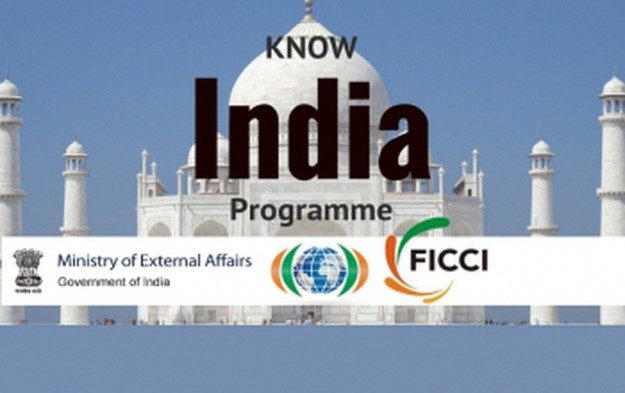





Disclaimer: Copyright infringement not intended.
Context
Details
Know India Programme
About
Objective:
Duration:
Participants:
Key Elements
Components:
Activities:
Cultural Immersion:
Networking:
Feedback and Impact:
Partnerships:
|
PRACTICE QUESTION Q. Consider the following statements: 1. The Know India Programme is an initiative by the Ministry of External Affairs. 2. The Know India Programme is open to Persons of Indian Origin of all age from all countries. 3. The program typically has a duration of about two to three months. Which of the above statements is/are incorrect? A) 1 and 3 only B) 2 and 3 only C) 2 only D) All Answer: B) 2 and 3 only |







© 2025 iasgyan. All right reserved